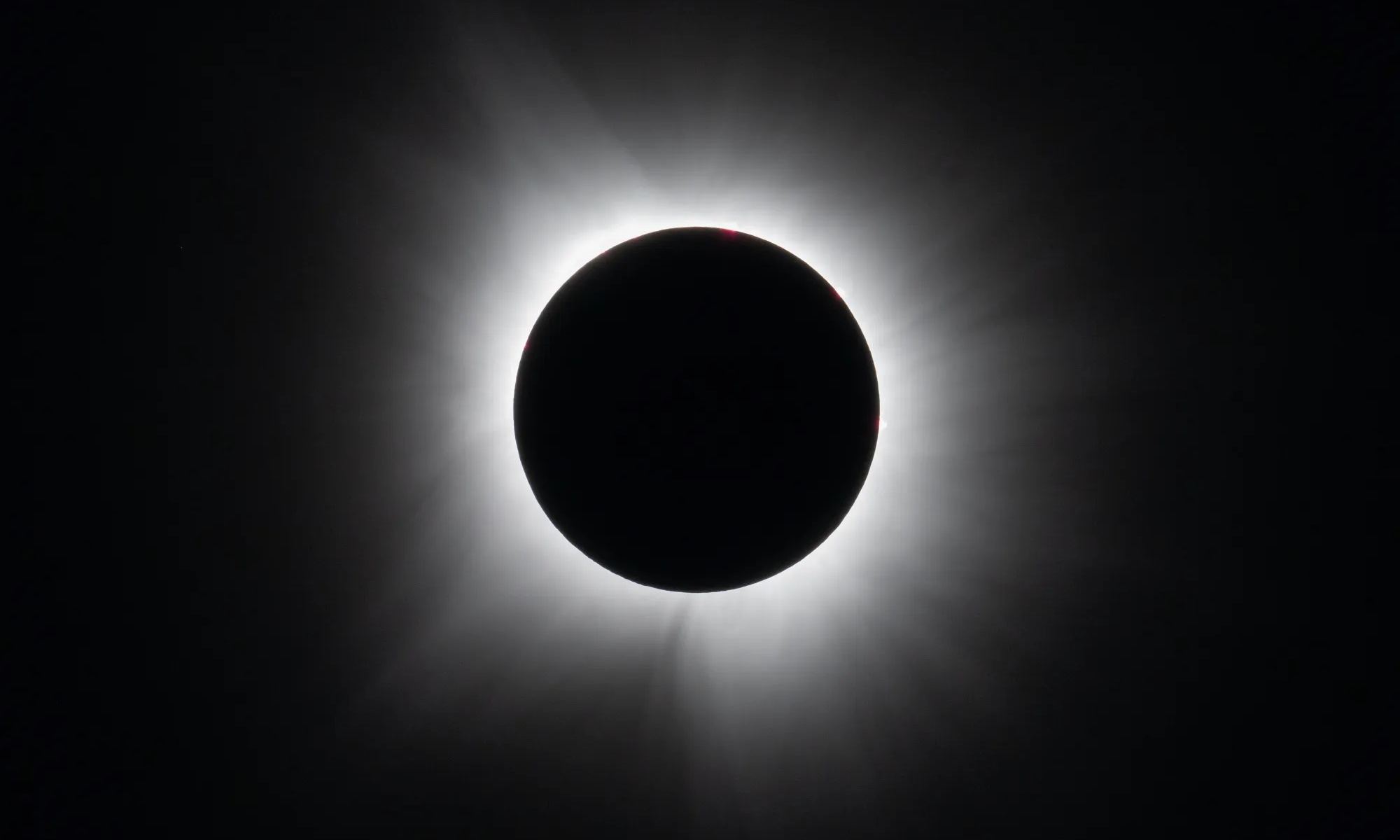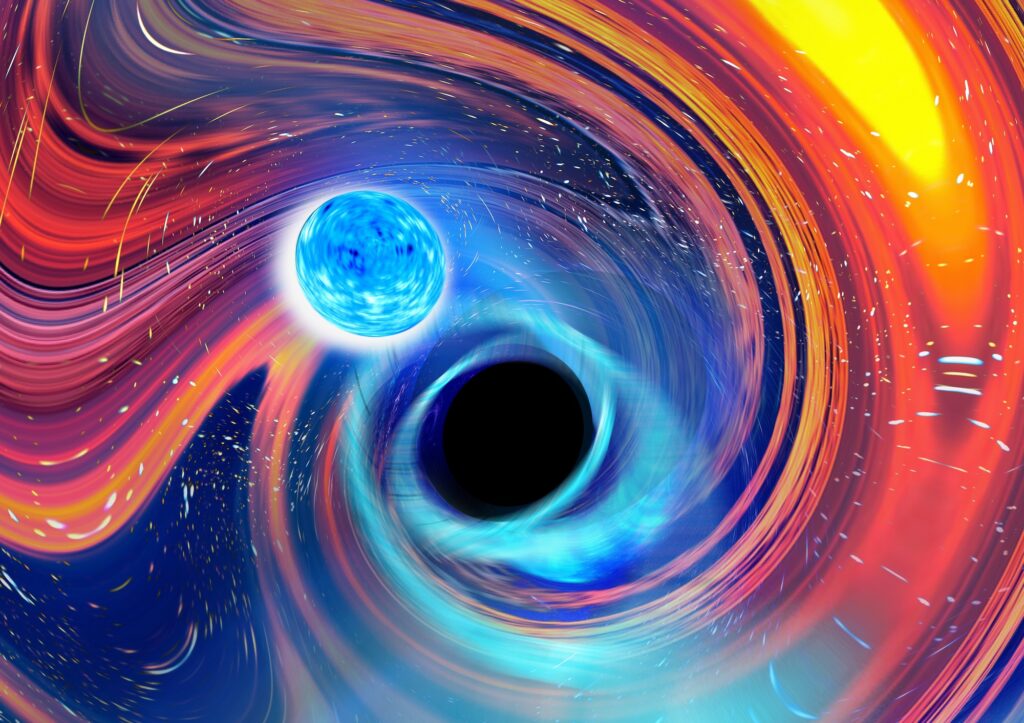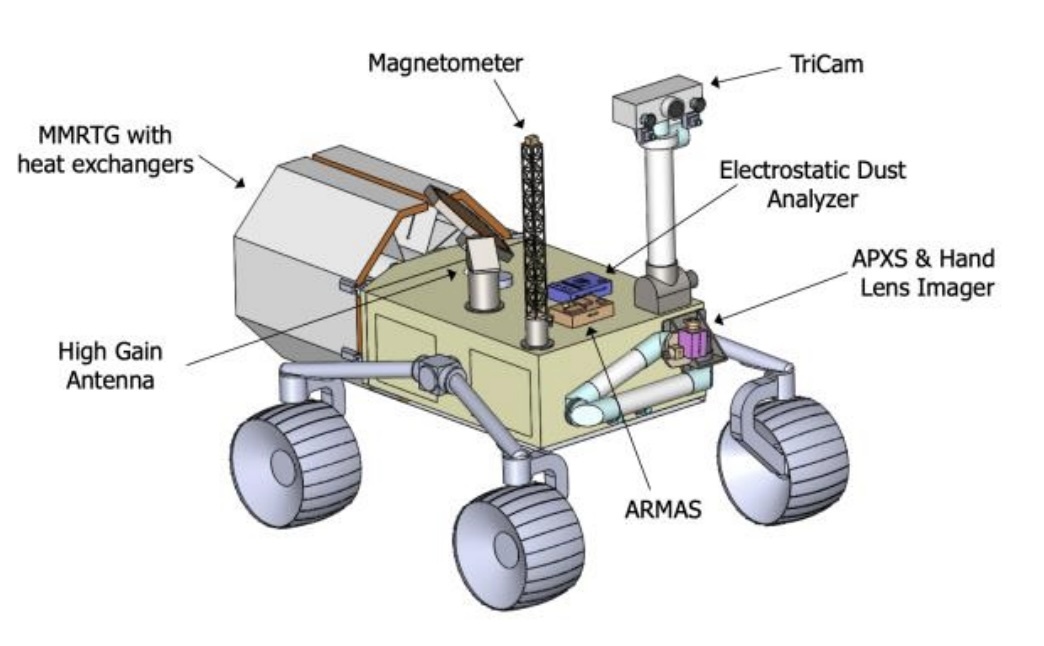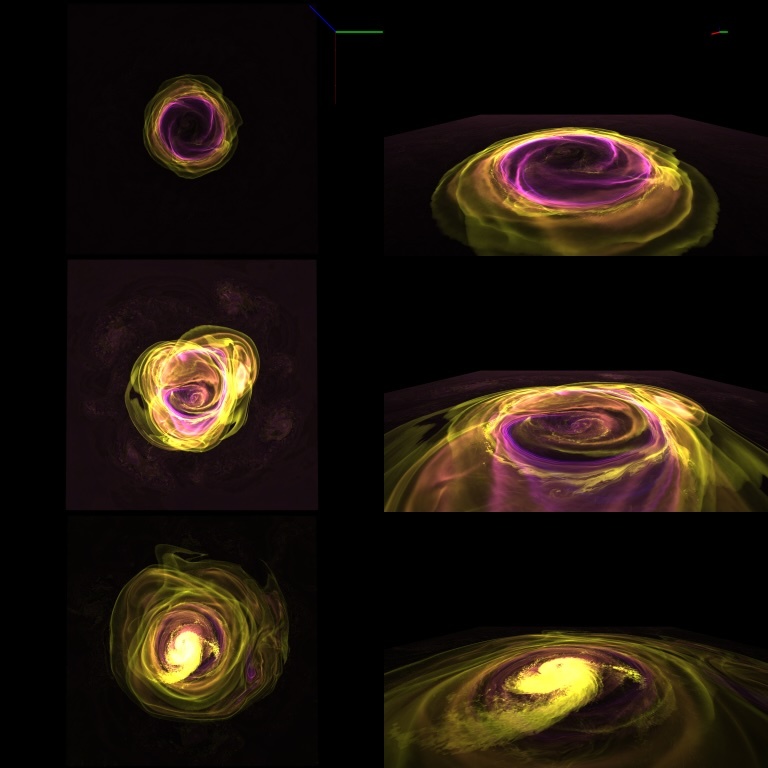Millions of people took a trip over to the US or Mexico to try and catch a glimpse of the 2024 total solar eclipse. Whether you took the trip or not, if you have since been bitten by the eclipse bug then there are three upcoming eclipses over the next couple of years. August 2026 sees an eclipse passing from Greenland, Iceland and Spain, 2027 sees an eclipse over North Africa and in 2028 Australia all be the place to be. With loads of possibilities for all locations, it’s time to get planning.
Continue reading “Here are the Next Three Total Solar Eclipses Coming Up”Finally, an Explanation for the Moon’s Radically Different Hemispheres
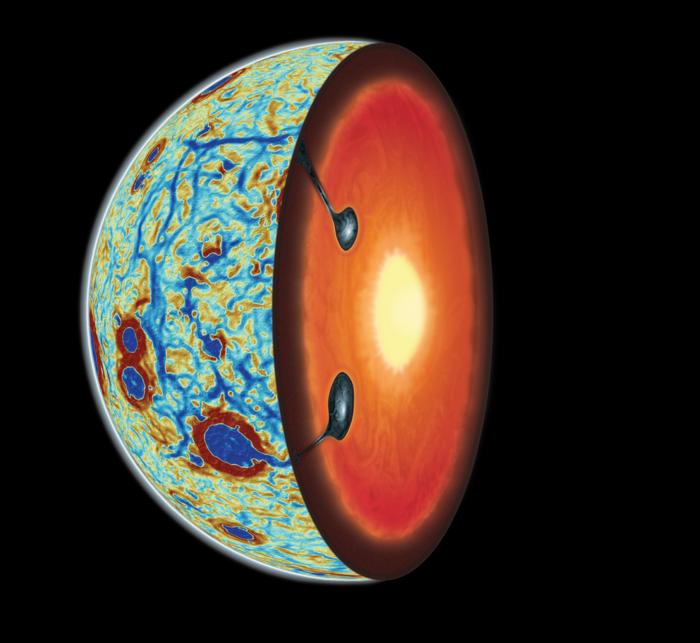
Pink Floyd was wrong, there is no dark side to the Moon. There is however, a far side. The tidal effects between the Earth and Moon have caused this captured or synchronous rotation. The two sides display very different geographical features; the near side with mare and ancient volcanic flows while the far side displaying craters within craters. New research suggests the Moon has turned itself inside out with heavy elements like titanium returning to the surface. It’s now thought that a giant impact on the far side pushed titanium to the surface, creating a thinner more active near side.
Continue reading “Finally, an Explanation for the Moon’s Radically Different Hemispheres”WISPR Team Images Turbulence within Solar Transients for the First Time
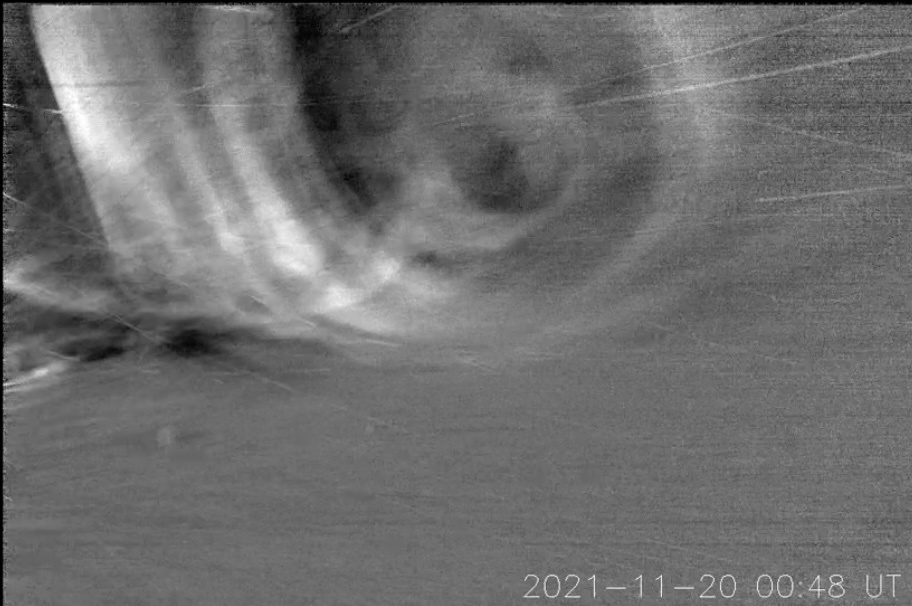
NASA’s Parker Solar Probe has been in studying the Sun for the last six years. In 2021 it was hit directly by a coronal mass ejection when it was a mere 10 million kilometres from the solar surface. Luckily it was gathering data and images enabling scientists to piece together an amazing video. The interactions between the solar wind and the coronal mass ejection were measured giving an unprecedented view of the solar corona.
Continue reading “WISPR Team Images Turbulence within Solar Transients for the First Time”A Neutron Star Merged with a Surprisingly Light Black Hole
Galactic collisions, meteor impacts and even stellar mergers are not uncommon events. neutron stars colliding with black holes however are a little more rare, in fact, until now, we have never observed one. The fourth LIGO-Virgo-KAGRA observing detected gravitational waves from a collision between a black hole and neutron star 650 million light years away. The black hole was tiny though with a mass between 2.5 to 4.5 times that of the Sun.
Continue reading “A Neutron Star Merged with a Surprisingly Light Black Hole”Testing a Probe that Could Drill into an Ice World
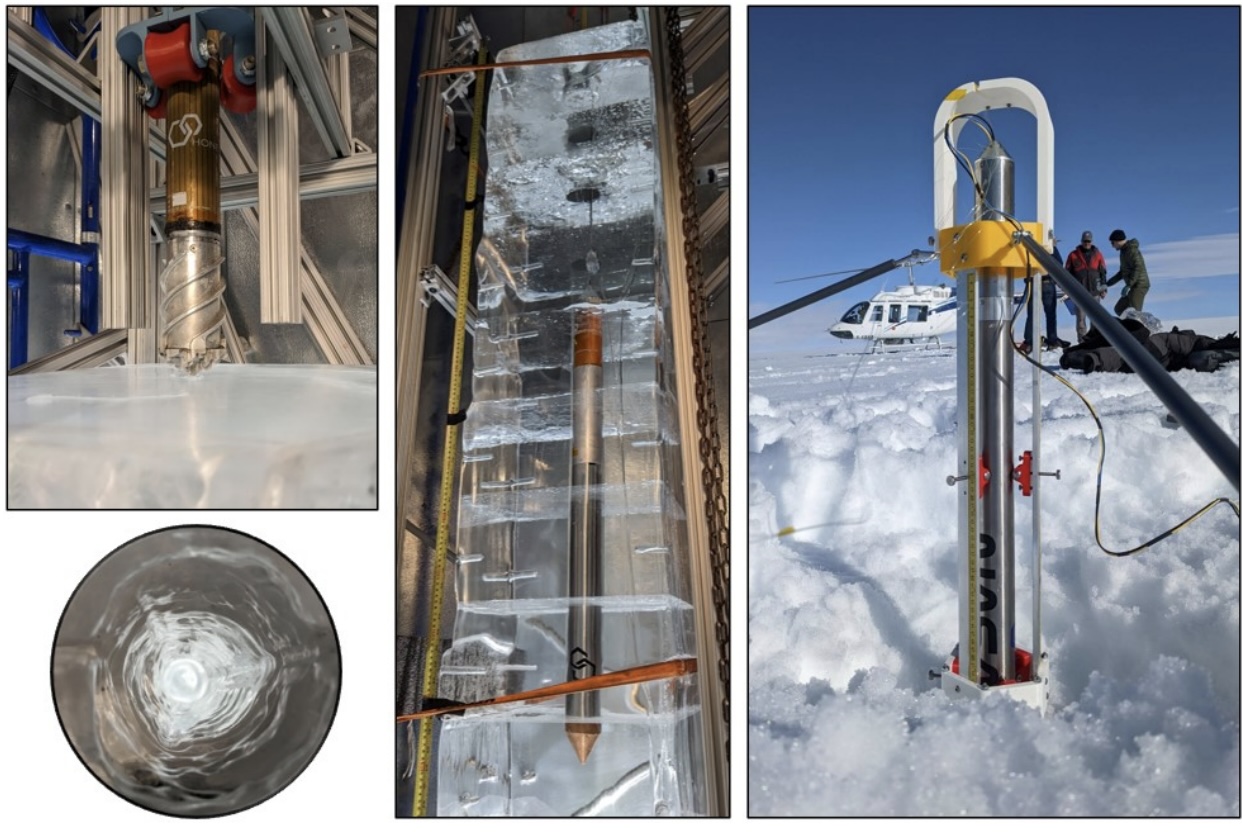
I remember reading about an audacious mission to endeavour to drill through the surface ice of Europa, drop in a submersible and explore the depths below. Now that concept may be taking a step closer to reality with researchers working on technology to do just that. Worlds like Europa are high on the list for exploration due to their potential to harbour life. If technology like the SLUSH probe (Search for Life Using Submersible Head) work then we are well on the way to realising that dream.
Continue reading “Testing a Probe that Could Drill into an Ice World”What Could We Build With Lunar Regolith?

It has often been likened to talcum powder. The ultra fine lunar surface material known as the regolith is crushed volcanic rock. For visitors to the surface of the Moon it can be a health hazard, causing wear and tear on astronauts and their equipment, but it has potential. The fine material may be suitable for building roads, landing pads and shelters. Researchers are now working to analyse its suitability for a number of different applications.
Continue reading “What Could We Build With Lunar Regolith?”Want to Start a Farm on Mars? This Rover Will Find Out if it’s Possible
Travelling to Mars has its own challenges. The distance alone makes the journey something of a mission in itself. Arrive though, and the handwork has only just begun. Living and surviving on Mars will be perhaps humans biggest challenge yet. It would be impossible to take everything along with you to survive so instead, it would be imperative to ‘live off the land’ and produce as much locally as possible. A new rover called AgroMars will be equipped with a number of agriculture related experiments to study the make up of the soil to assess its suitability for growing food.
Continue reading “Want to Start a Farm on Mars? This Rover Will Find Out if it’s Possible”Which Animal Has Seen the Most Total Solar Eclipses?
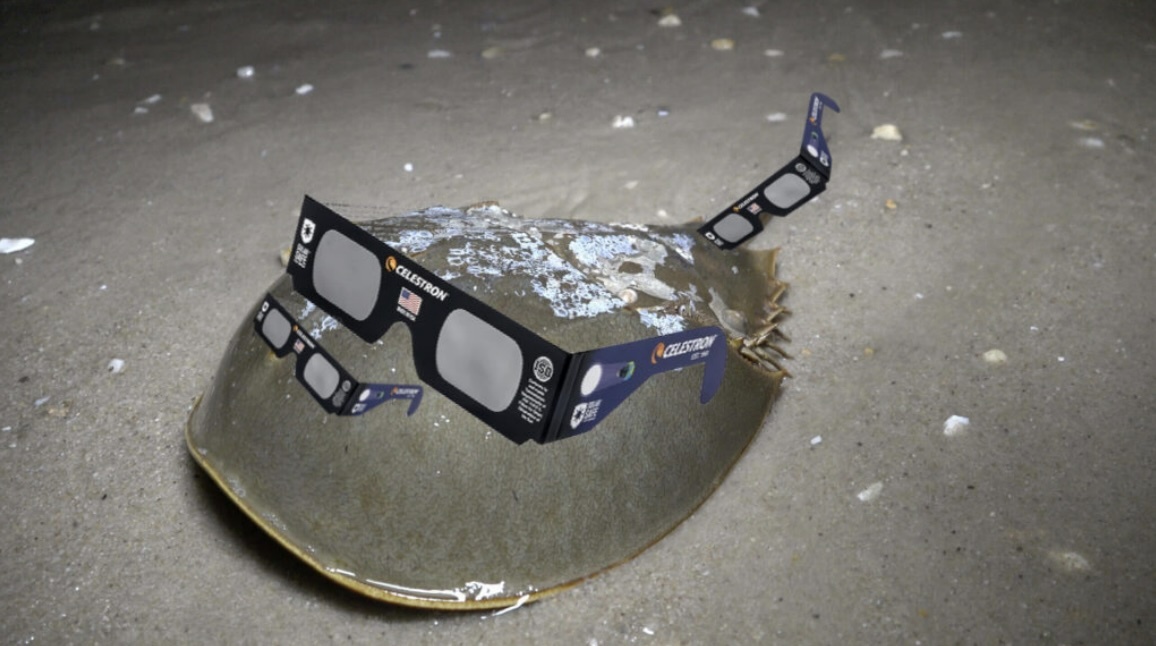
In a paper published on the 1st April, author Mark Popinchalk reported upon a fascinating piece of research focussing on which animal has seen the most solar eclipses! It turns out that, whilst us humans have seen our fair share we are nowhere near the top of the list. According to Popinchalk, the horseshoe crabs have seen a staggering 138 trillion solar eclipses across the entire species. We are hot on their heels but it won’t be until about 10 million years that we catch up!
Continue reading “Which Animal Has Seen the Most Total Solar Eclipses?”It Takes a Supercomputer to Properly Simulate a Neutron Star’s Surface
Neutron stars, the remains of massive stars that have imploded and gone supernova at the end of their life, can still create massive flares. These incredible bursts of energy release X-rays that propagate through space. It is a complex process to simulate but astronomers have turned to a supercomputer to help. Modelling the twisting magnetic fields, the interaction with gas and dust, the surface of flaring neutron stars has been revealed in incredible 3D.
Continue reading “It Takes a Supercomputer to Properly Simulate a Neutron Star’s Surface”Against all Odds. Japan’s SLIM Lander Survived a Second Lunar Night Upside Down
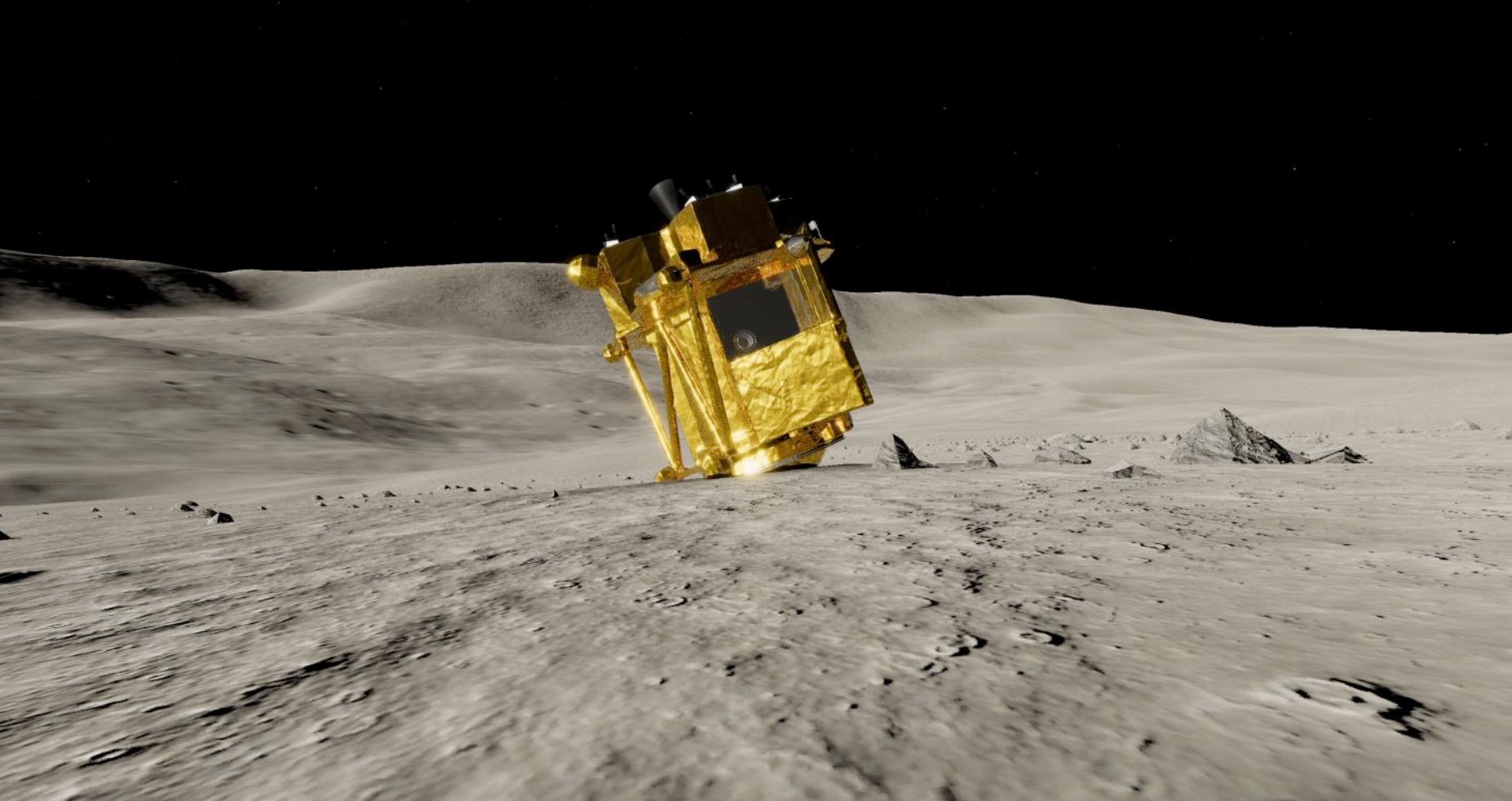
You might remember the SLIM lunar lander that managed to land upside-down! The probe from the Japanese Space Agency has survived its second night on the Moon and returns a new photograph. Despite the solar panels pointing away from the Sun during the day it was still able to capture the image and transmit to Earth. All that while surviving the harsh -130C lunar night.
Continue reading “Against all Odds. Japan’s SLIM Lander Survived a Second Lunar Night Upside Down”
